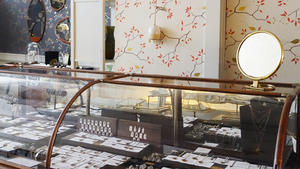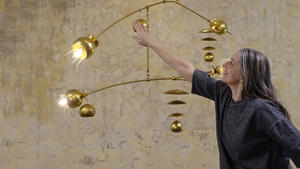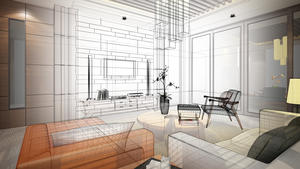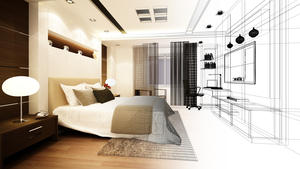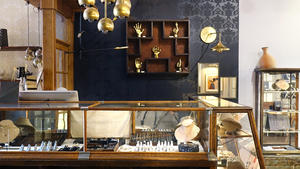De Gournay, Uhuru, The Urban Electric Co., Sasha Bikoff and Resource Decor are among the clients of Laura Bindloss, who founded Nylon Consulting in 2012 as a luxury home and lifestyle PR company for designers and brands throughout the U.S. and U.K. In the latest of her series of Master Classes for Editor at Large, Bindloss dives into what PR really means, and how you can make it work for your business.
For brands today, the correct media strategy is akin to a smart investment strategy: diversification. People no longer only get their information from one source. They don’t listen to the radio as much, or watch live TV, or only read magazines or books. They type things into a search engine and—depressing as it sounds—spend most of their waking day looking at a screen. While reaching a consumer is a different ballgame than reaching an interior designer, at the end of the day, we’re all people who shop and find information in similar ways.
While a designer may still pin images onto a physical board, they probably also save them on Instagram and to a Pinterest board. Brands today need to realize they are fighting for the most valuable currency out there: people’s attention. People are strapped for time because their businesses are doing more work with fewer resources, and they can see everything via their phones. So, how does a brand capture their attention?
1. Invest in content. Every fabric house, wallpaper brand, furniture or lighting company will tell you the same thing: Installation shots sell product. No matter how creative the brain is that sees an image of a swatch, nothing moves product more than seeing a beautifully done headboard, or the perfect kitchen pendants, or a grand dining room painted just the right shade. Magazines now publish on multiple mediums—print, online and social—and the currency they trade on is beautiful images. One of my clients spends a lot of time tracking down images from clients and asking for high-res installation shots. Showing customers how lights can be used in homes or in various finishes generates more interest than an image silhouette (it’s also great free publicity for the designer!).
Content should be the first thing you invest in before hiring a publicist, as once you have an arsenal of imagery, they can figure out where those pictures should go. If you can’t get the rights to install shots from clients, and you don’t have the bandwidth to shoot/style it yourselves, consider hiring a freelance stylist or a content agency that can help you to get the images to tell your story and sell your product.
2. Harness the power of partnerships. Partnerships are a great way to for you to think about how someone can discover your brand, so be creative about where those eyeballs may be. When the Met Gala theme of the intersection of Asian art and Western culture was announced a few years ago, I pitched our client de Gournay (known for chinoiserie and working with Chinese artisans) to Vogue to be a part of the decor for the gala. It was a nine-month-long project, but the payoff was tenfold—every celebrity and fashion industry tastemaker saw their chinoiserie as drapes, tablecloths, and a 40-foot feature wall of wallpaper. We had a 10-page feature in Vogue with the designs used as a backdrop for models, and images were all over the internet. Using the platform of a potential partner’s audience is always worth the investment in product and time, and will help grow your brand’s audience far faster than you could do on your own.
3. Take time to understand the marketplace. The best relationships between publicists and brands are collaborative. Take time to research, have a constructive planning session, arrive informed, and spend time reading the shelter industry’s digital sites. You can build a plan that is realistic and achievable. A good publicist knows the landscape better than anyone, and to get the most out of your investment, it’s worth it to learn how to speak the same language.

















